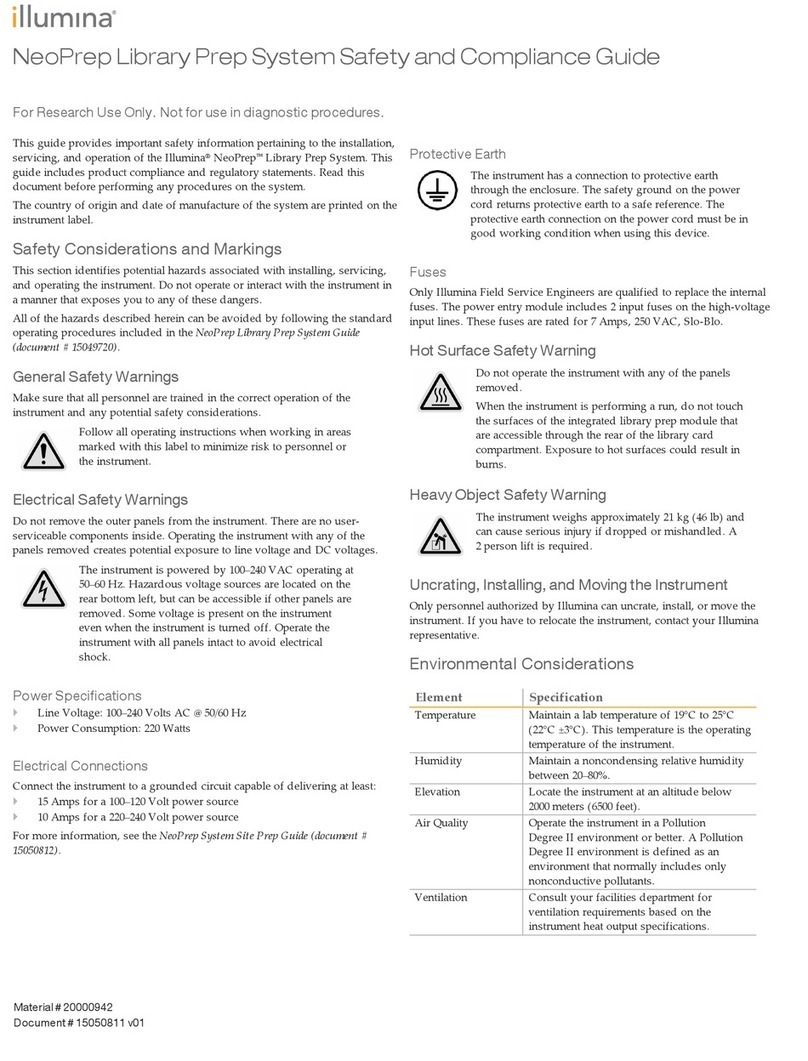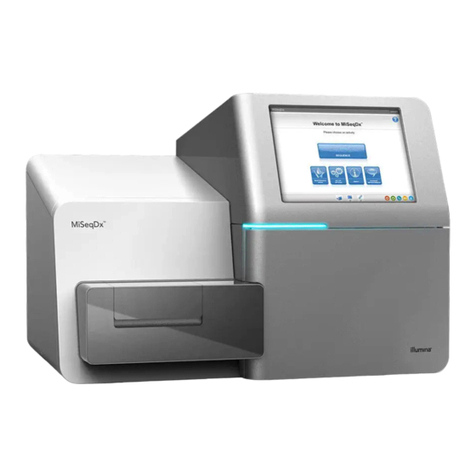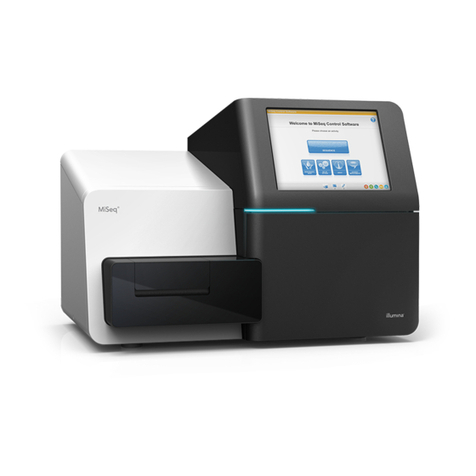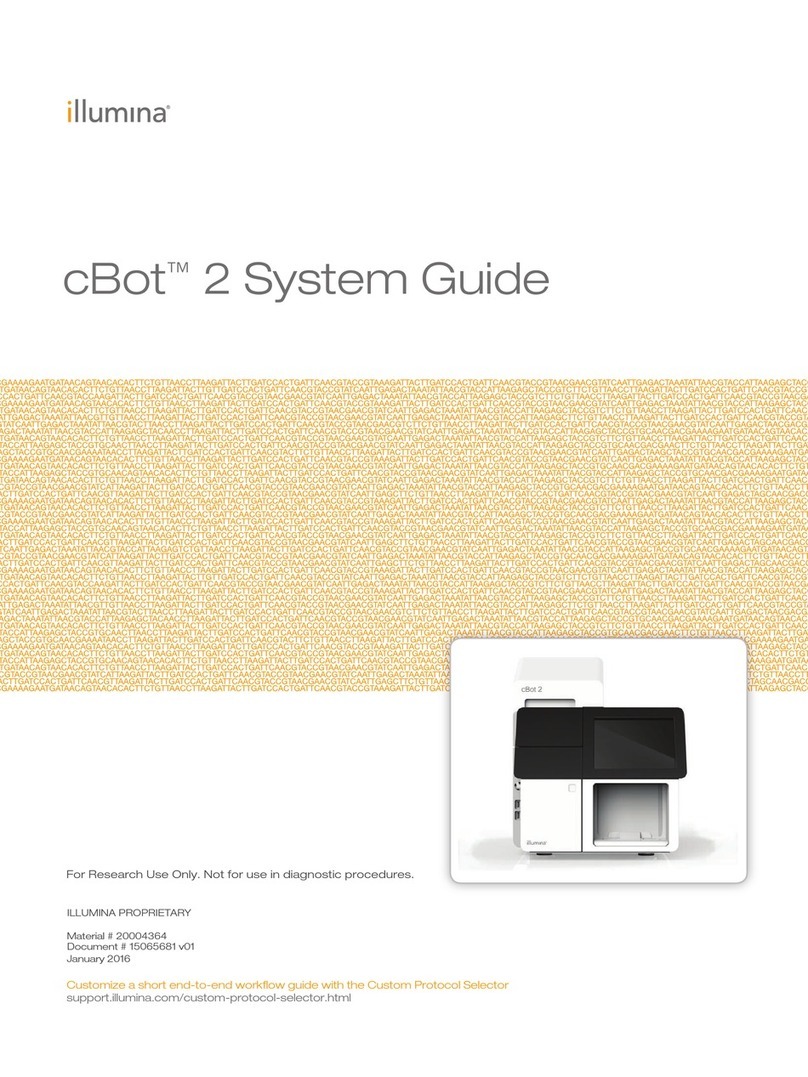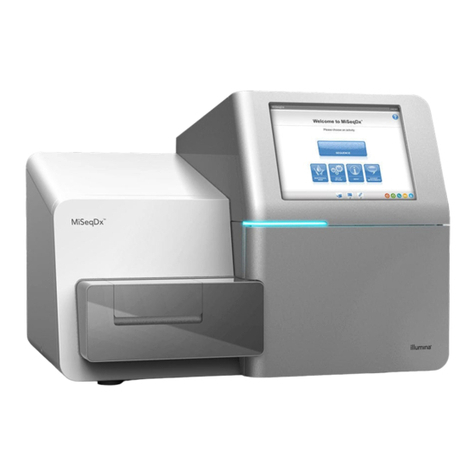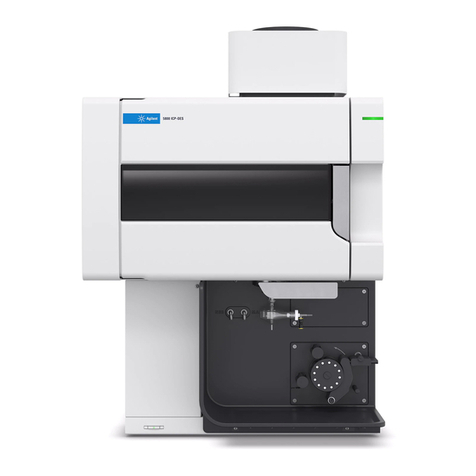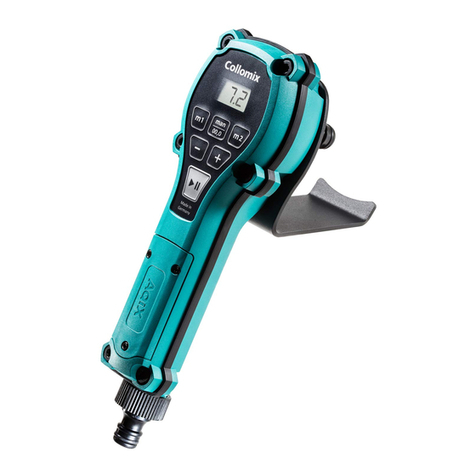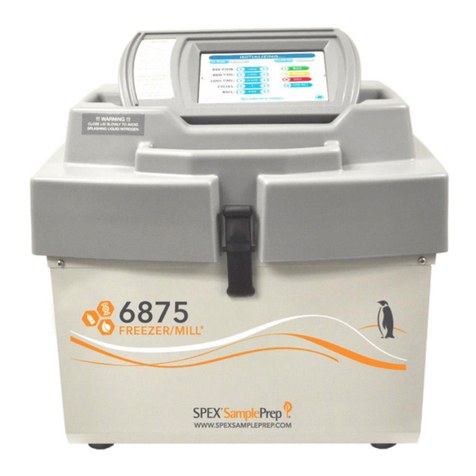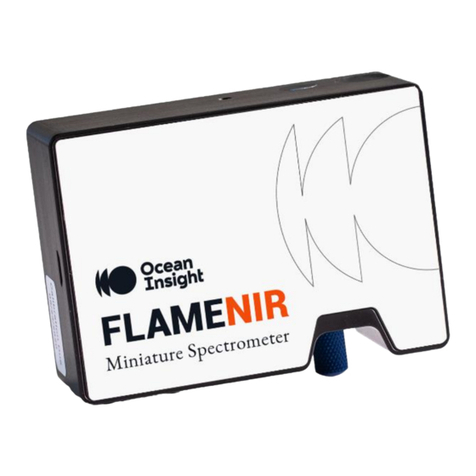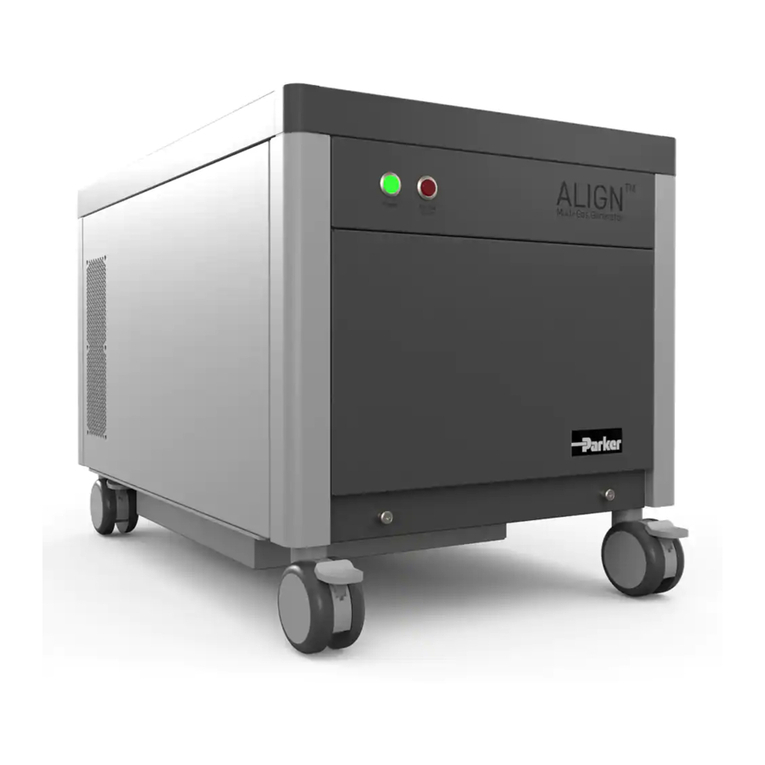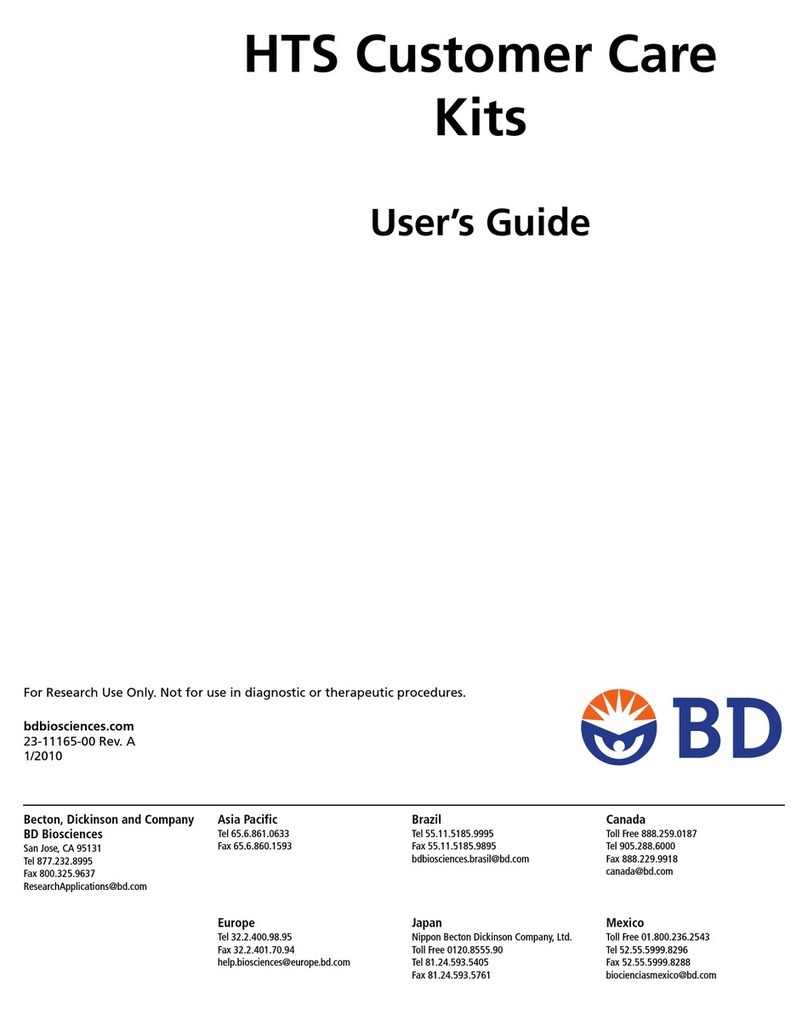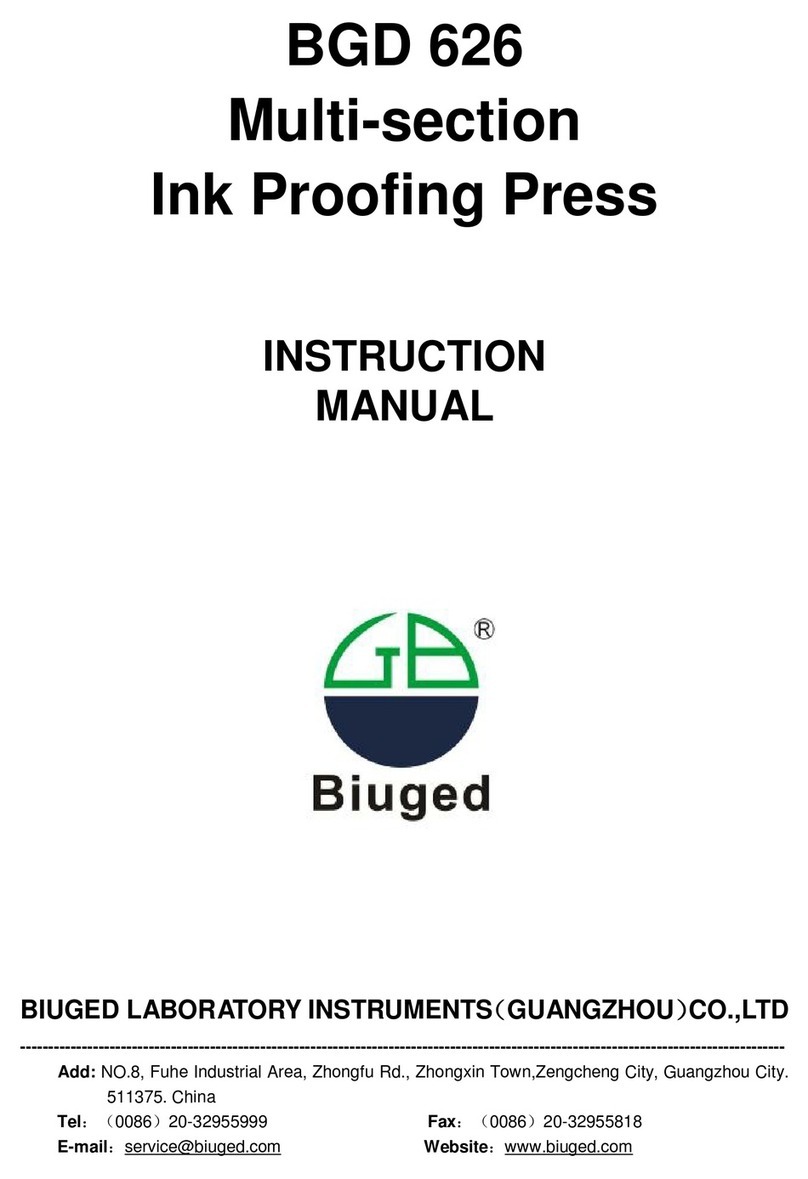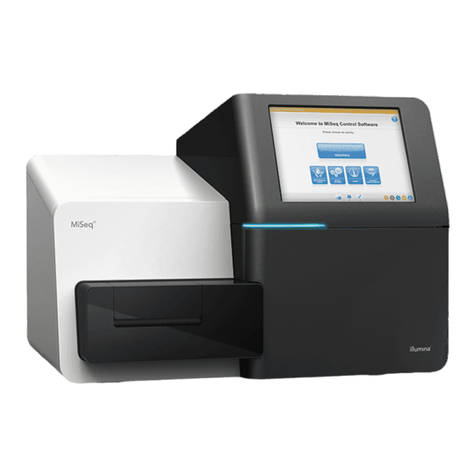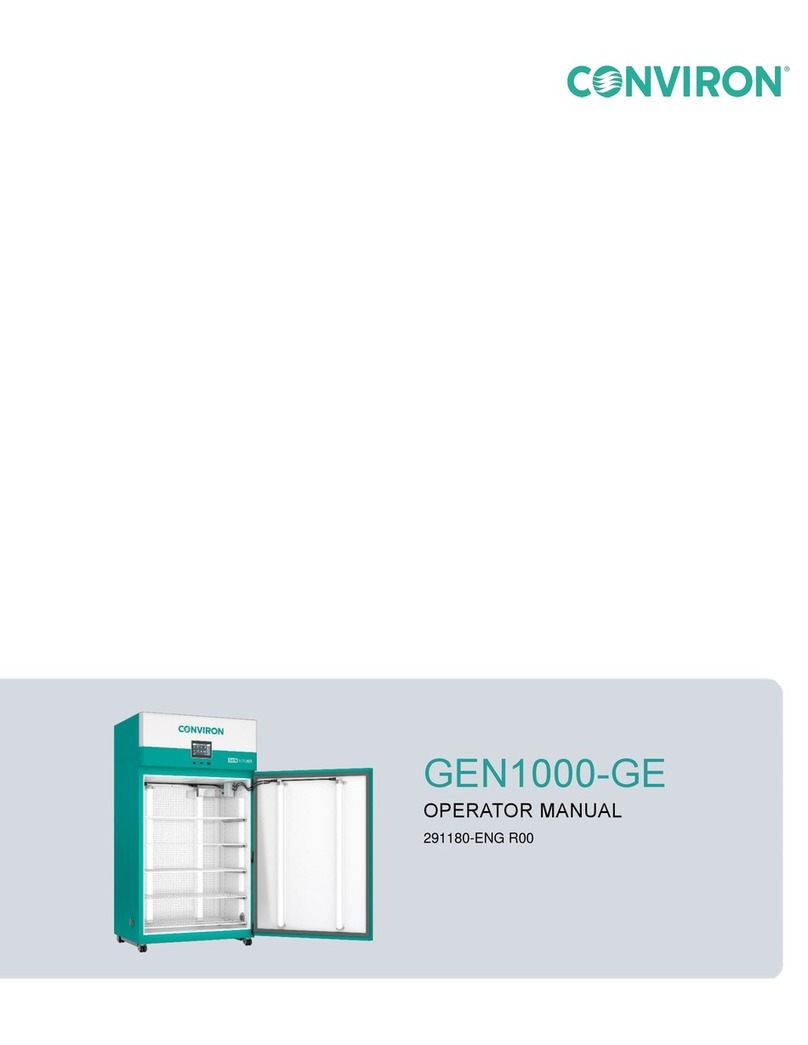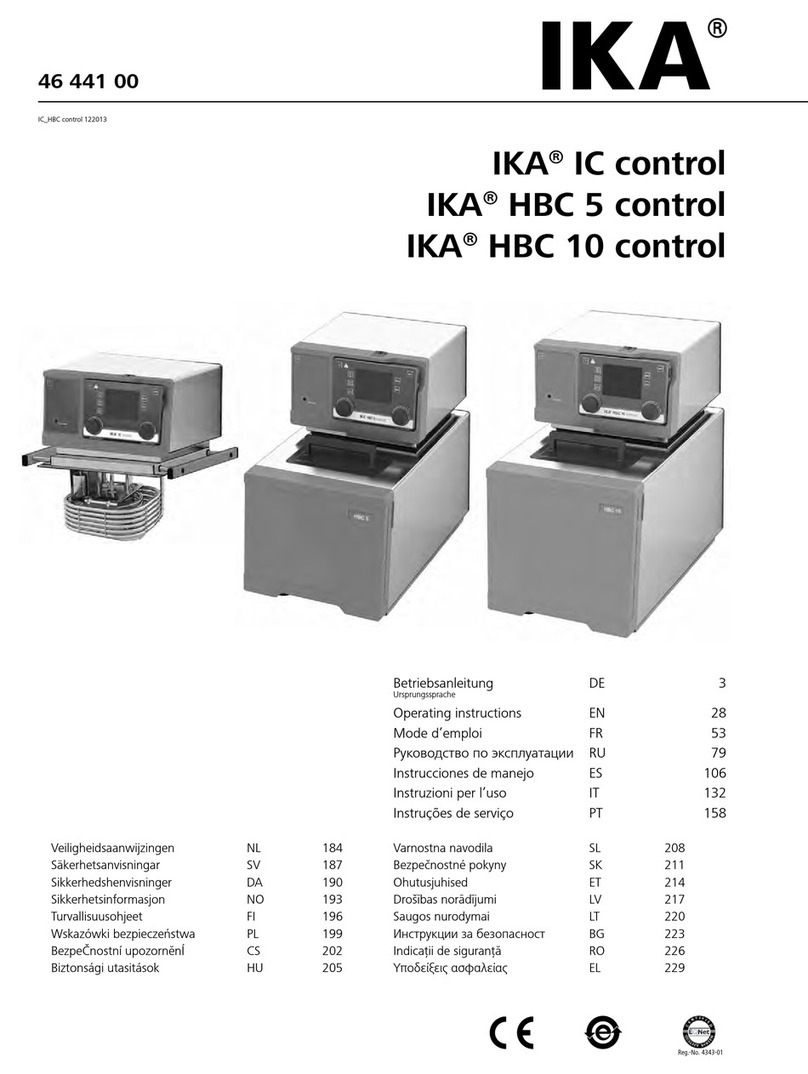
Revision History
Document Date Description of Change
Material # 20023471
Document #
1000000019358 v07
April 2018 Clarified usage of the library tube to mix reagents in the boost step
before sequencing.
Added a symbol descriptions table for symbols on the consumables or
consumable packaging.
Added information about the Illumina Proactive monitoring service in
the Run Setup Modes section.
Added information about the NovaSeq LIMSAPI.
Updated software descriptions to NovaSeq Control Software v1.4.0
Updated typical number of reads passing filter for S2 flow cells.
Updated recommended loading concentrations for the NovaSeq Xp
workflow.
Updated instructions for opening the flow cell packaging.
Clarified procedure for loading libraries onto the flow cell.
Added note about availability of the instrument for starting a
maintenance wash.
Added information about the staggered start countdown timer.
Updated instructions on how to add or remove SRPrules.
Document #
1000000019358 v06
February
2018
Added note in Flow Cell section to indicate software version 1.3.1 is
required when using an S1 flow cell.
Updated descriptions and Standard volume in table in
Library Loading
Methods
.
Added caution in
Reagent Kit Components
.
Added 0.5 and 1.5 ml tubes, pipettes tips for 20, 200, 1000 ul pipettes
to Consumables table. Added graduated cylinder to Equipment table.
Added
Prepare the Flow Cell
section in Chapters 4 and 5, moved steps
from Chapter 6 to these sections.
Updated total volume for the S1 flow cell in Chapter 4.
Added Recommended Library Pool Plexity table to
Create a
Normalized Library Pool
in Chapter 4.
Updated
Thaw SBS and Cluster Cartridges
steps in Chapters 4 and 5.
Clarified thawing instructions in
Prepare Flow Cell
.
Updated thawing information in
NovaSeq Xp Recommended Loading
Concentrations
.
Updated Recommended Library Pool Plexity table in
Create a
Normalized Library Pool
in Chapter 5.
Added sentence specifying that flow cell must be used within 12 hours
after removing it from packaging in
NovaSeq Xp Workflow Summary
and
Prepare Flow Cell
.
Document #
1000000019358 v05
December
2017
Added clarification about empty library tube for Xp in the Sequencing
Workflow diagram.
In Denature Library and Option PhiX Control for the Standard workflow,
updated Tris-HCI volumes in table for step 5.
In Prepare the ExAmp Master Mix for the NovaSeq Xp workflow, added
note after step 4 to indicate vortexing is required for best results.
In Load Libraries onto the Flow Cell for the NovaSeq Xp workflow,
added reminder after step 3 to load samples slowly.
Document # 1000000019358 v07 Material # 20023471
For Research Use Only. Not for use in diagnostic procedures.
iii
NovaSeq 6000 Sequencing System Guide


